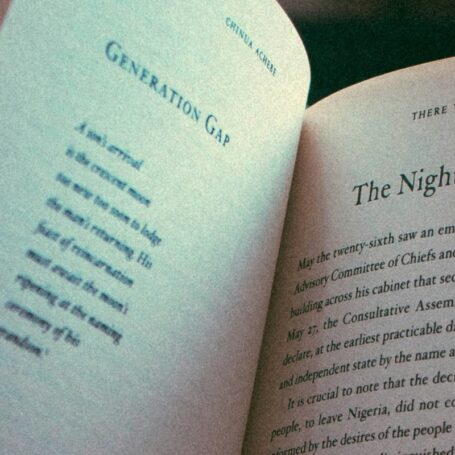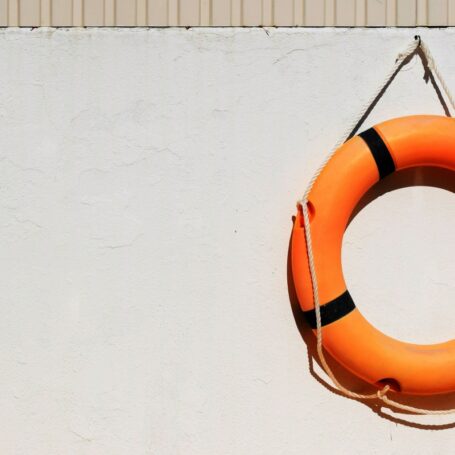Lee Miller: Ethics, photography and ethnography
Kate Winslet’s biopic of Lee Miller, the pioneering woman war photographer, raises some interesting questions about the ethics of fieldwork and their governance. If we reframed Miller’s work as visual ethnography rather than photojournalism, much of it would probably be barred by today’s ethics regulations. On the other hand, her reflective moments well capture the moment-to-moment decisions made in the field by anyone directly witnessing events, even those less dramatic than front-line combat or death camps.
Like most biopics, Lee has its flaws, especially in the rather cardboard depiction of other characters, like her husband, Roland Penrose, or the Eluards, who had equally rich and complex lives. It skates over her life before World War II as a model and muse for leading surrealists, particularly Man Ray, with whom she advanced the techniques of photography. The film opens in the glorious summer of 1939 with a house party in the south of France that hints at the back story and sets the contrast for the war that is about to break out. By 1940, she was separated from her Egyptian husband and living in London with Penrose. As a Quaker, Penrose was a conscientious objector, but became involved in war service through using his artistic skills to develop camouflage techniques. The film depicts Miller’s growing dissatisfaction with domesticity and her eventual accreditation with the US military as a war photographer. In theory she is confined to non-combat zones, where she takes some memorable photographs of people and work in a field hospital. Eventually she is sent to cover the liberation of St Malo, only to discover that there is still active combat. From here, she follows the advance across France, with a brief stay in Paris, and into Germany, where she photographs the death camps – the film collapses Belsen and Buchenwald into a single site.
We have become used to seeing World War II on screen as an epic with the budgets of Stephen Spielberg and Christopher Nolan. Lee is a low-budget movie and, in some respects, more authentic as a result. Infantry soldiers do not experience battle as high-level drone shots of the beaches of Dunkirk or Normandy. The face of battle is the people at your side and the clouds of smoke, dust and shrapnel from explosions that shake all of you, blurring every sense, except the desire not to let down your neighbours. This is well-captured by the St Malo scenes.
Throughout, however, Miller is struggling with the ethics of what she is seeing and doing. I only identified two occasions on which she has explicit consent to take pictures. One is a portrait shot of a nurse, who she encounters coming out of tent, and the other is at the request of a badly burned soldier, who wants his family to know how brave he was if he didn’t make it home. But on many other occasions, there is a moment of hesitation familiar to all fieldworkers: Should I be recording this? Should I intervene in what is going on? Should I allow my human feelings to stand in the way of my professional duty to record?
The first hesitation marks a number of the early encounters, especially of gory surgery in the field hospital. The second appears when she is witnessing young women collaborators being publicly humiliated in in St Malo for allegedly sleeping with German soldiers. Miller has previously defended one of the women from a malicious neighbour in a private encounter. Now she is led out in front of a crowd and fixes Miller with her gaze. Miller ducks a confrontation with the audience and focuses on her camera. The third appears when she arrives at the death camp. We see her trying to mask the overwhelming stench of death and then abandoning the attempt as she goes deeper into the camp, eventually reaching a pile of skeletal corpses waiting for cremation.
Miller’s moral injury is rather glossed over, although the film hints at her growing dependence on alcohol and drugs, and at the post-war consequences. Like many survivors of World War II, she clearly suffered from PTSD before that condition and diagnosis was properly defined.
Fortunately, few of us who do fieldwork will ever encounter such extreme situations. But the dilemmas are recognizable. Miller’s struggles with the authorities who want to block her access will be familiar to anyone who has dealt with an IRB/REC/REB. Even when she has evaded restrictions, she struggles to publish some of her images as censors try to sanitize the experiences of war. Sometimes we all have to make choices about whether to intervene when something is going badly wrong. When I supervised nurses for PhDs, we always discussed what they would do if they observed unsafe practice. One of my RAs once broke confidentiality to disclose information she had collected observing a family with a visiting nurse to a child protection worker visiting the same family. My child protection research frequently involved sitting in court hearings listening to grisly forensic evidence – and then going home to my own children at a similar age. One of my collaborators really struggled with their sense of voyeurism on such occasions.
The right answers are not obvious or susceptible to prior review. They can only be made in the moment by someone capable of moral reflection. Is the observer’s duty to this case or to the greater good? But Miller’s experiences also raise questions about the institutional support for fieldworkers. Are we concerned sufficiently about the moral injuries to researchers? Would we be better diverting the resources consumed by ethics regulation into cultivating reflection by participant observers and better support for those damaged by their experiences.
The world can be a cruel place – and social scientists should not be prevented from exploring, documenting and exposing its cruelties, even at some personal risk. But the occasional distress of that public service also requires its own recognition and remedy.































































































